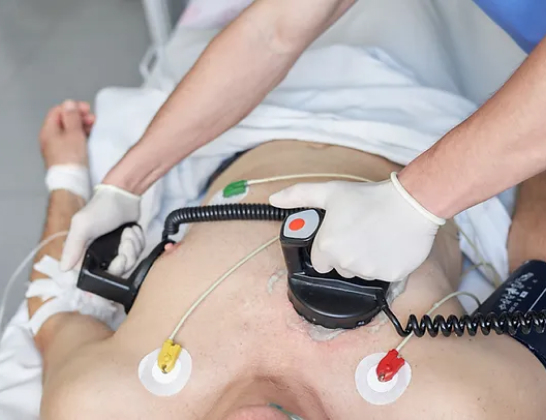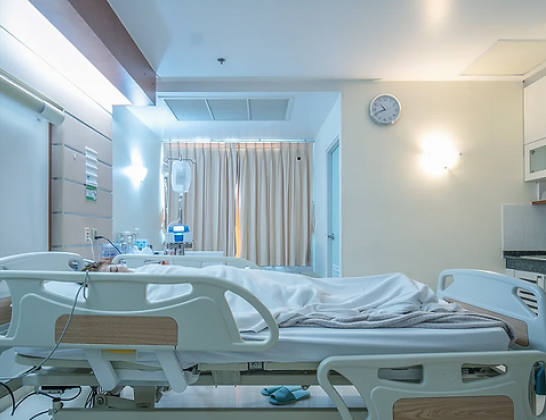
Electrical Safety in Hospitals and Medical Locations
Home - Electrical Safety in Hospitals and Medical Locations
One stop solution for all Hospital electrical safety requirements. Be it general installation or special requirements for special locations.
Medical locations in hospitals are highly sensitive to shock and are WET, which require special shock protection measures and safety from fire due to short circuits and the failure of electronics. CAPE offers a complete solution such as
Electrical Installation in Hospitals are critical due to its working environment and sensitivity such as:
The IS 732 & IS 17512 explains the requirement of electrical installations in Hospitals and Medical locations. These standards are adopted from IEC 60364. These standards provide an over view of the required safety measures. Safety in hospitals and medical locations are ensured by a series of safety measures including the ones recommended in IS 732 / 17512, such as
Some of these safety measures are specific to India due to poor quality and non complied power supply by the utilities. Large dependency to DG’s are also specific to India, where additional measures than the recommendations of the standard are necessary. Compliance to the regulations are essential in hospitals and medical locations by regular electrical safety audits.


Medical Equipment or its parts are categorized as AP & APG with specified requirements on construction, marking and documentation to avoid sources of ignition in a flammable anesthetic mixture with air (AP) or with oxygen or nitrous oxide (APG). Environment in which the concentration of oxygen is greater than 25 % for ambient pressures up to 110 kPa or the partial pressure of oxygen is greater than 27.5 kPa at ambient pressures exceeding 110 kPa is called as oxygen rich environment. ME & MES used in an oxygen rich environment shall be classified for such use.
The electrical installation of every hospital and medical location shall be designed, erected and tested as per IS 732 & IS17512.
TN-S type electrical distribution is recommended and used. The conventional touch voltages in general locations and group 0 locations shall not exceed 50 V and in group 1 and group 2 medical locations, shall not exceed 25 V.
Main Protective equipotential bonding is necessary in addition, to supplementary equipotential bonding in group 1 and group 2 locations.
Group 2 Medical locations such as Operation theatres, ICU, etc. shall have medical IT system in order to ensure continuity of supply during first fault, with insulation monitoring devices and leakage current detection system.
Electrical devices such as socket-outlets and switches shall be installed at certain distance from any medical gas-outlets, to minimize the risk of ignition of flammable gases.
Measures against EMI / Current loops / Temporary Over Voltages initial and periodic verifications specified in IS732 for general locations and additional verifications for medical location are also some of the safety measures required in hospitals.
